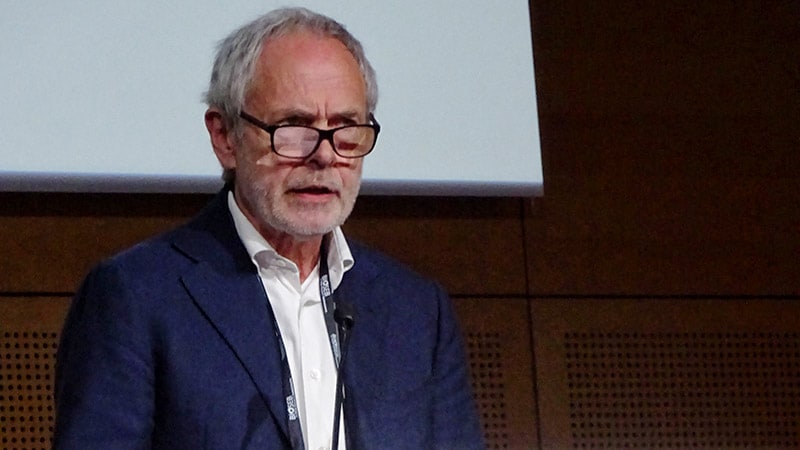Over the last five years, the main improvements in the perioperative care of patients undergoing emergency laparotomy have occurred in processes that are reliant on the practices of clinicians themselves. That is the key finding of the Fifth Patient Report of the National Emergency Laparotomy Audit.
The audit, which is carried out by the Royal College of Anaesthetists (RCoA), found that between December 2017 and November 2018, the average 30-day mortality rate after emergency laparotomy remained static at 9.6 per cent.
Approximately 95 per cent of high-risk patients saw a consultant surgeon and 90 per cent saw a consultant anaesthetist before surgery. More than three-quarters (77%) received a preoperative assessment of risk (up from 75% in 2017 and 56% in 2013), and almost 89 per cent received a preoperative computed tomography scan (up from 87% in 2017 and 80% in 2013).
However, only 19.4 per cent of patients with signs of sepsis on admission received antibiotics within the recommended 60 minutes. This has not improved over five years and has worsened since the last audit.
Furthermore, only 19 per cent of patients aged >65 years received a formal assessment of frailty.
Twenty-three per cent of patients with a preoperative estimated risk of death of five per cent or more were admitted to a general ward post-operatively rather than directly to critical care, as recommended. This figure has remained static over the last three years, and the RCoA says institutional, cultural and organisational change is required to ensure patients consistently receive this standard of care.
Professor Ravi Mahajan, RCoA President, said: “The reduction in 30 day mortality rates and length of hospital stay show that clinicians are learning from data and implementing changes locally, achieving sustained improvements in results.”
However, he added: “We must see organisational change before further improvements can be realised.”


